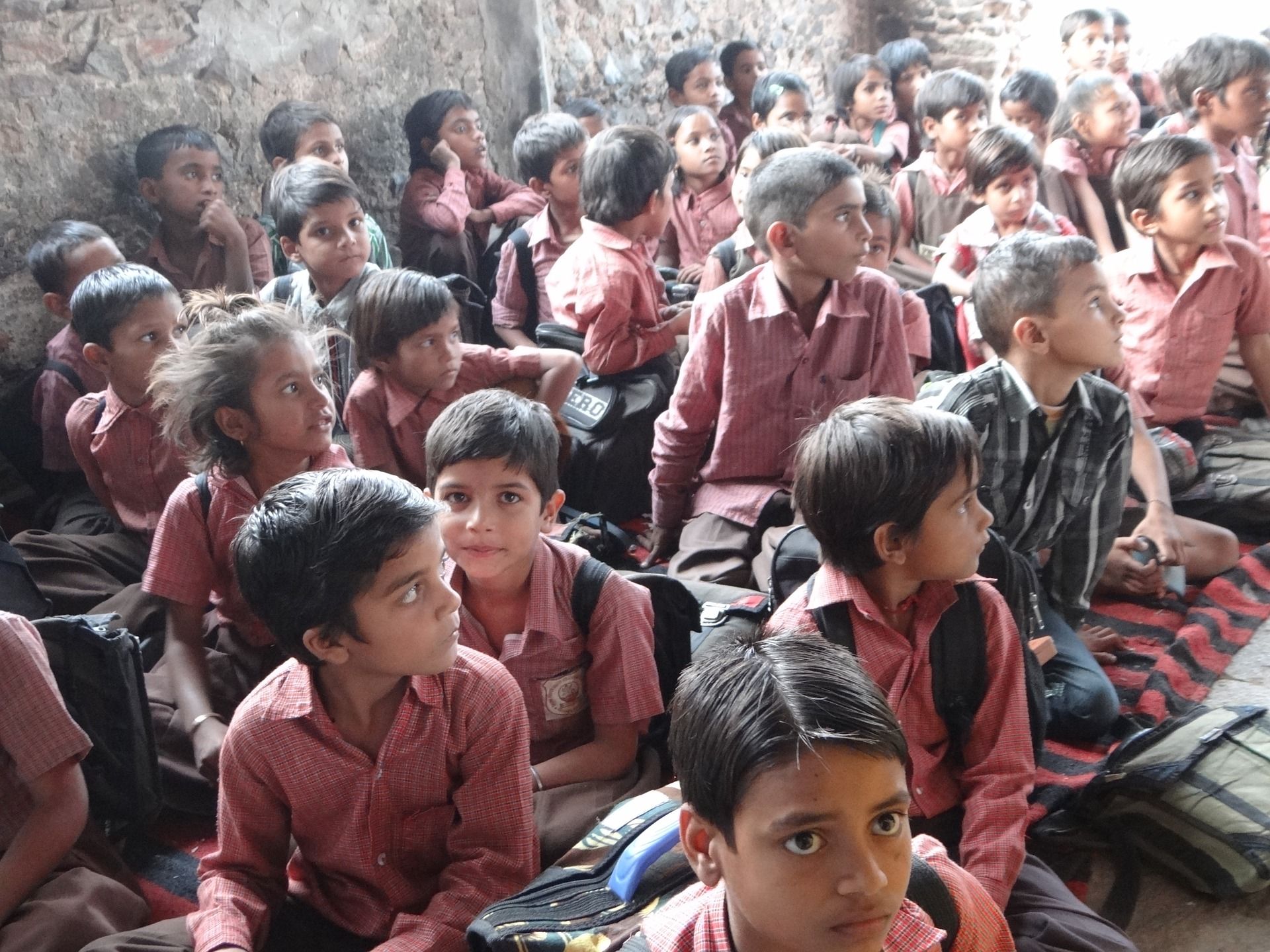The Union Cabinet approved the new National Education Policy (NEP) on Wednesday. The policy will replace the 1986 policy. One of the many provisions in the new policy is replacing the 10+2 structure of the school curriculum with a 5+3+3+4 structure. This corresponds to the age groups 3-8, 8-11, 11-14, and 14-18 years respectively.
So, what is the ‘5+3+3+4’ format?
The first five years will be foundational years, with 3 years of pre-school/Anganwadi education and 2 years of primary education, including classes 1 and 2.
What will be the preparatory stage?
The next three years will be preparatory years with a focus on experimental learning. It’ll include classes from 3 to 5 and will cover the age groups from 8 to 11.
What will the secondary stage cover?
The following three years will be the secondary stage. It’ll include classes from 6 to 8 and will cover the age groups from 11 to 14.
What will be the structure of the last four years?
The last four years will include classes 9 to 12. They will be divided into two phases: the first phase will cover classes 9 to 10 and the second will cover classes 11 and 12.
How will board examinations be affected by the new policy?
Although the board examinations in classes 10 and 12 will be retained, the existing system of board and entrance examinations will be reformed. This is to eliminate the role of coaching institutes in the present education system.
The exams will be redesigned to encourage students’ holistic development. The idea is that a student has a skillset after he/she passes out of the school. Also, the students will be able to undertake board exams twice in a year, one main examination and one for improvement.
The new National Education Policy also envisages common standards of learning in public and private schools. It’ll come in place in 2022-23.







